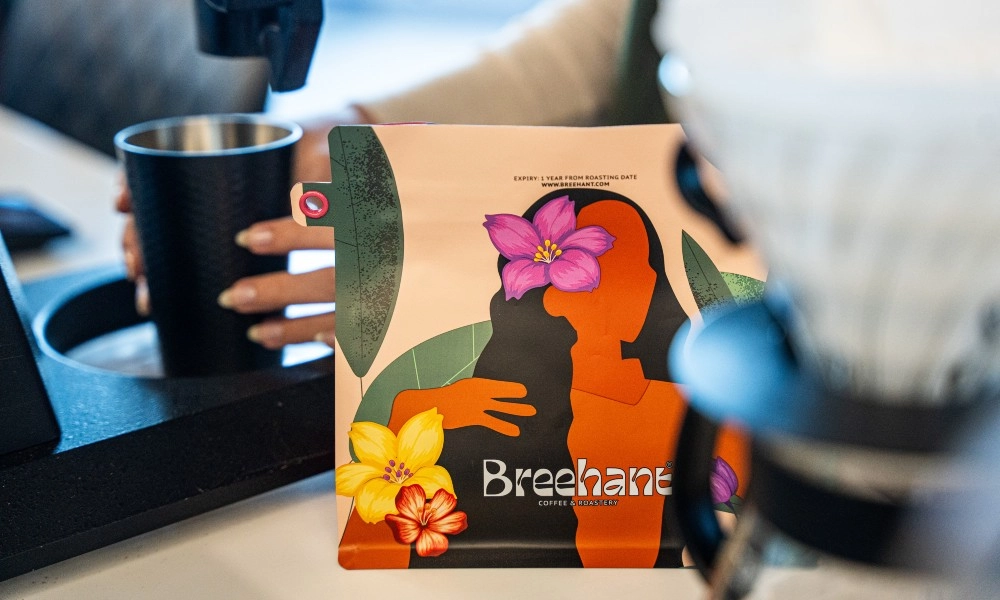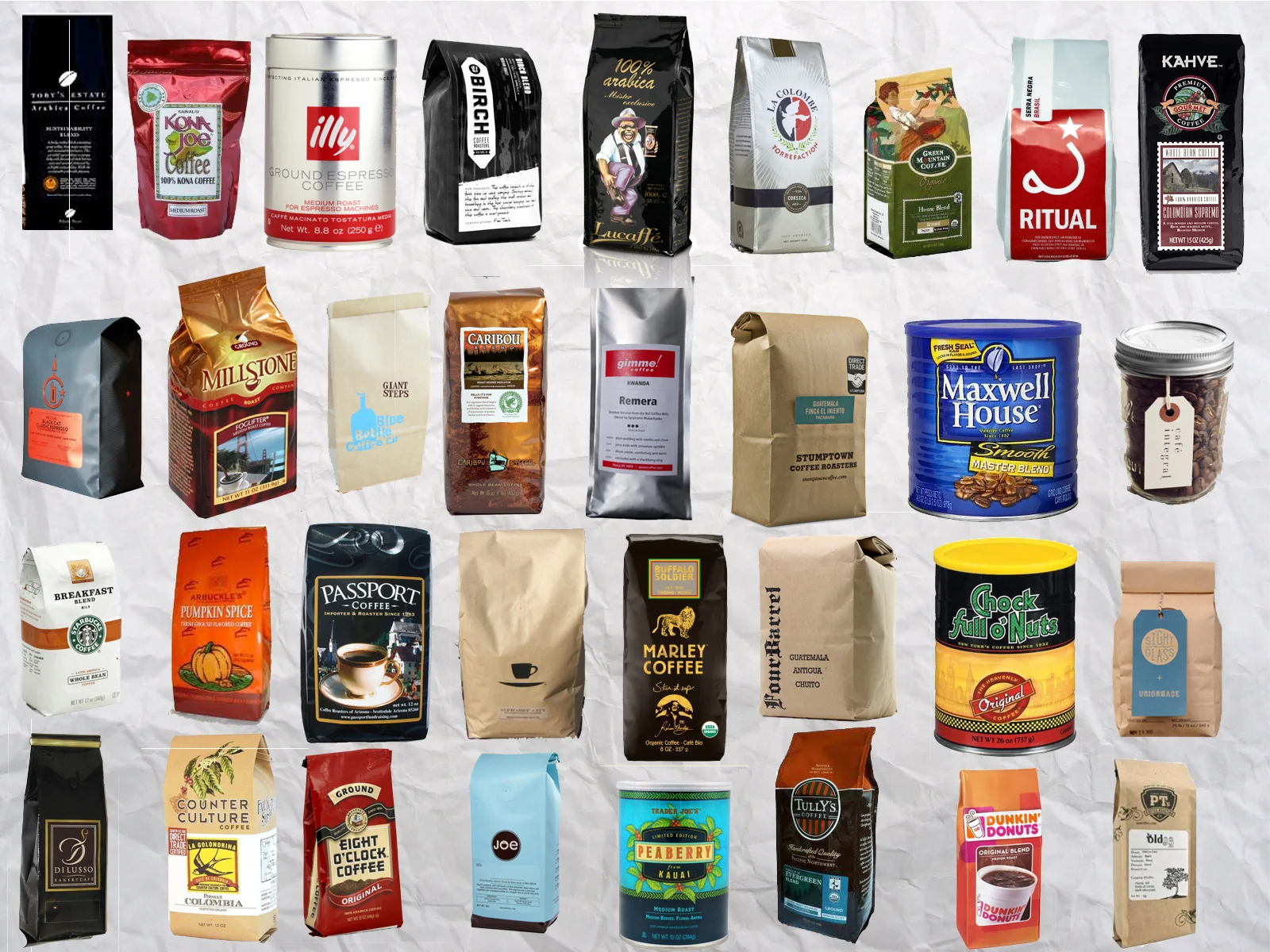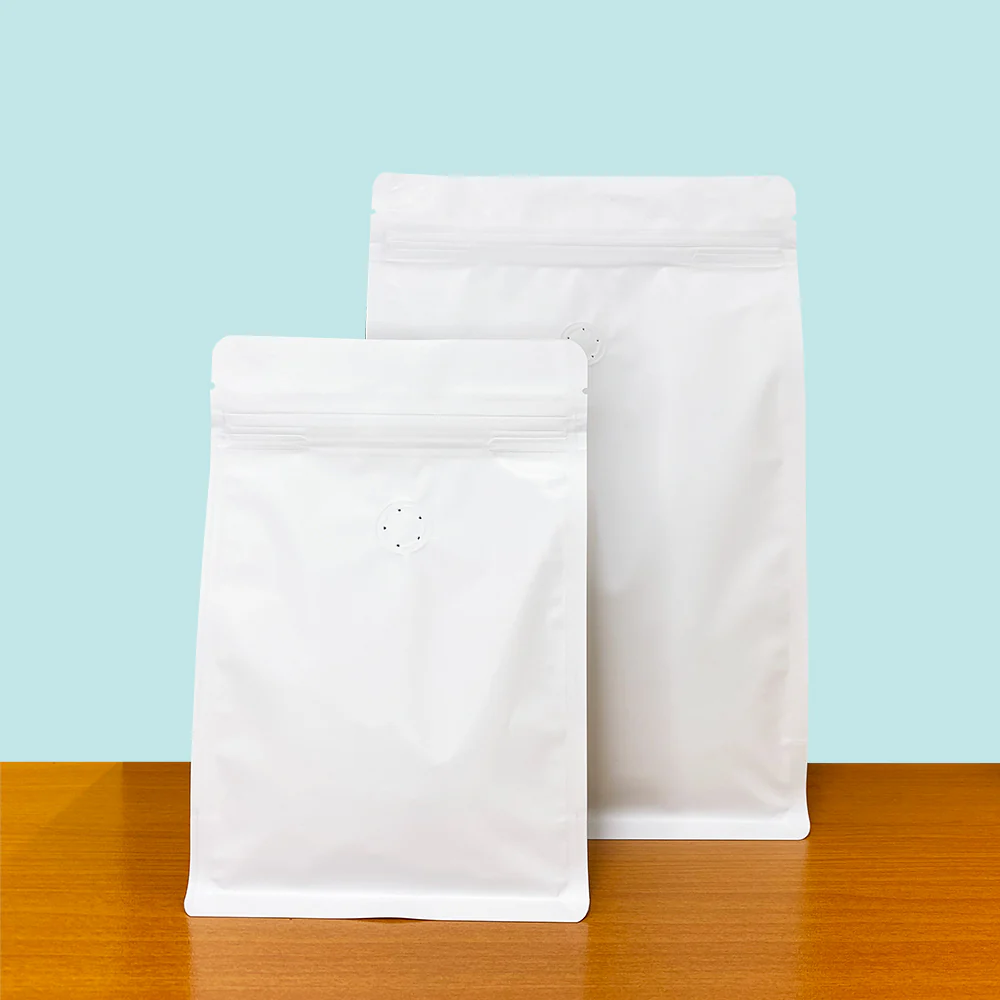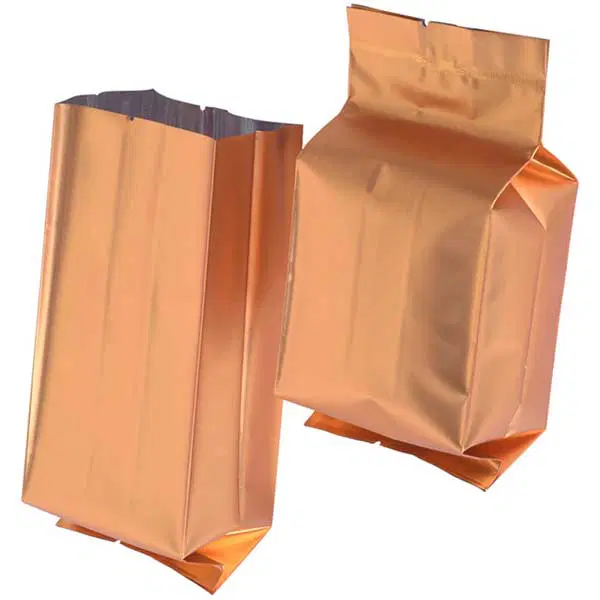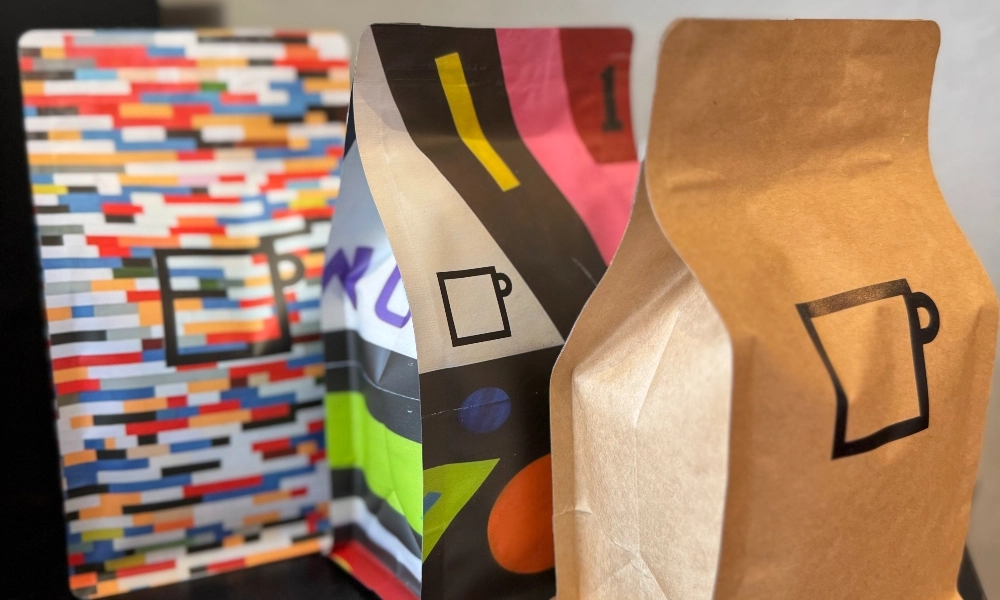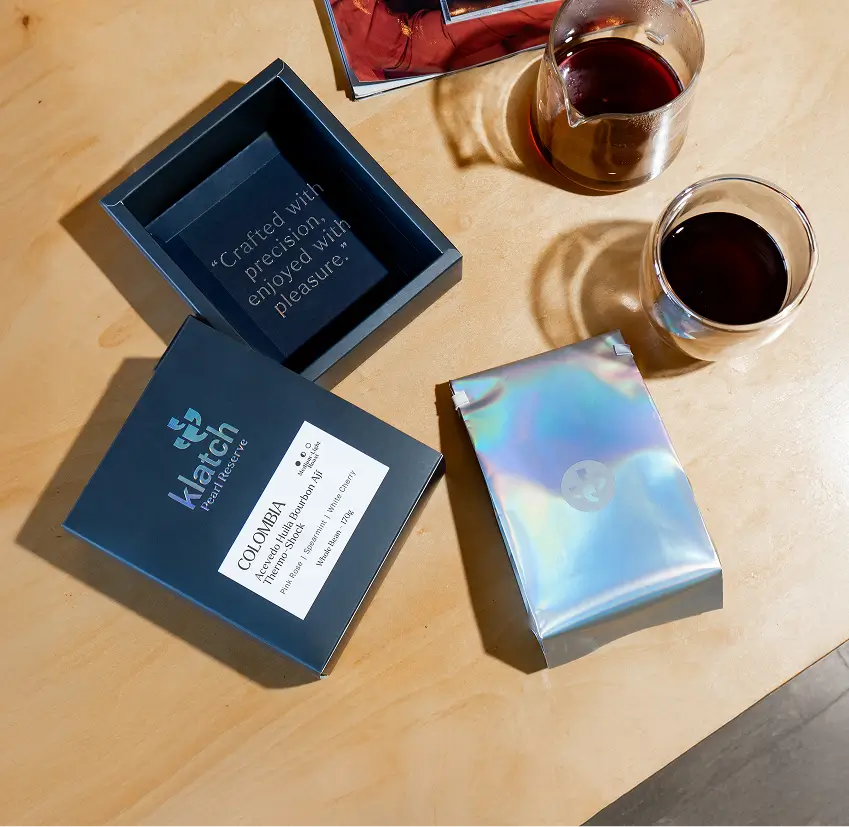Exploring Coffee Packaging Types: From Flexible Pouches to Rigid Cans
Coffee beans are increasingly being consumed and traded. Coffee packaging goes far beyond simply containing coffee cake (ground coffee). The packaging of good coffee beans will help keep them fresh, help you to enjoy the full aroma and taste of the great original blend for which it was designed, and show forth a little customary touch for your coffee-drinking habit.
Coffee packaging formats have developed from the simple paper bag to more advanced coffee packing forms like flexible pouch, hard can, and eco-friendly design. This article provides an overview of the main types of coffee packaging bags currently on the market, reports on the best coffee bag materials, and discusses how different coffee package supplies can be chosen.
Choosing the right package affects product quality and consumer trust. MTPak Packaging creates revolutionary coffee bean packaging that blocks oxygen, moisture, and light. Storytelling tactics that show the roaster protecting freshness offer life to the design with quality printed photos.
What Are the Main Types of Coffee Packaging?
The packaging of coffee is mostly based on the product and the market it is meant for, and each container meets different needs. The most prevalent kinds of coffee bags and containers are:
Flexible Pouches
Lightweight and versatile, often with resealable zippers or degassing valves to preserve freshness.
Rigid Cans or Tins
They provide good protection in transit and can make our packaging look premium, especially for instant coffee because it needs some protection from scratching.
Paper Bags
Traditional kraft coffee bags, sometimes lined for extra barrier protection, used for ground coffee and small roasteries.
Glass Jars
Widely used for soluble or premium products, where the contents are clearly visible, but the weight adds cost to transport.
As you can see from the information above, modern coffee bags are of the flexible type, with a balance between cost, barrier protection, and custom manufacture. Rigid formats are more expensive, but for long-term storage, they can enhance premium brands.
How to Package Coffee for Freshness and Quality?
Packaging coffee will impact not only its appearance but also its flavor and shelf life. The principles of how to pack coffee are as follows:
1. Choose Barrier Materials
Coffee is dead against oxygen, water vapor, and light. Thus, coffee bags generally group multi-layer structures containing aluminum foil or high-barrier plastics.
2. Use Degassing Valves
Freshly roasted coffee releases CO2. So gas valves are required for all coffee ground and whole bean packaging. But the valve must be one-way: it should let air escape without letting oxygen inside.
3. Ensure Hermetic Sealing
Check here to track down this hermetic system. Use heat sealing to achieve a type of airtight sealing that is absolutely necessary for distant shipping or green packing for export.
4. Portioning and Format
Packaging methods vary. Sachets for single servings, instant stick packs, and bulk bags are all packaged differently since customers want each type.
Through the use of barrier films, valves, and strong seals, roasters can lengthen shelf life while making sure that consumers get full enjoyment out of their product.
What Types of Coffee Bags Are Available?
When it comes to coffee bean packaging bags, they are now available in several popular forms. They provide strong shelf visibility and can be equipped with resealable zippers or tear notches. :
Flat Bottom Bags
Flat-bottom coffee bags, characterized by their box-like profile, stand securely on shelves and offer five printable panels to accommodate your brand story and qualification labels.
Side Gusset Bags
A traditional style of coffee packet, side gusset bags expand to hold many more coffee beans inside when you want larger quantities. Their rectangular design sits up well on the shelf and is convenient for stacking and shipping.
Stand-Up Pouches
With a bottom center-gusset, stand-up pouches are coffee brewing in nature and designed to stay that way; the bottom always wicked outward. They provide strong visibility from shelves and can feature zip locks or tear notches.
Tin Tie Bags
Tin tie bags, often made from Kraft papers, include a fold-over wire tie so that after customers have opened their packages they can close them up again. They are simple, economical, and often used by small roasters or local shops.
Each type of these coffee packaging has its own pluses and minuses. The flat bottom and gusset types work well for the mass market or high-quality position, so that they are very efficient. In contrast, the stand-up pouch and tin tie types emphasize convenience and value for money.
What Materials Are Used in Coffee Packaging?
The choice of coffee bag material determines both freshness and sustainability. Common options include:
Foil Laminates
Provide excellent oxygen and moisture barrier, ideal for long-term storage.
Polyethylene (PE) and Polypropylene (PP)
Resilient plastics found in coffee bag packaging in many places.
Kraft Paper Laminates
Adopted as a favored method for branding as environmentally friendly, using Farex film behind it for added strength.
Compostable Films (PLA, PBS)
Biodegradable alternatives are available for roast masters who want self-sustaining coffee packaging.
The finest coffee bag wrapper combines barrier materials with consumer-friendly designs. Today, many businesses also consider the recyclability and certifications (such as FSC paper) to reinforce their sustainability values.
How Is Coffee Bean Packaging Design Evolving?
Beyond protection, coffee bean packaging design decides marketing strategy. Consumers today demand packaging that is both functional and beautiful. Creative coffee packaging solutions include:
• Matte finishes and clear windows
• Custom printing that tells a story—like origin or roast profile
• Environmental protection practices
Moreover, seasonal collections, gift-presentable packaging, and collaborations between artists and companies build associations beyond just being a container for products. It is a means of communication between supplier and customer, creating brand loyalty rather than simply being its keeper.
Why Do Coffee Packaging Suppliers Matter?
The right coffee packaging enterprise is as especially useful as the right bean. A reliable supplier provides consumers with advanced barrier films or green films; new printing technology that allows companies to grow is offered. Dependable suppliers also offer environmentally friendly packaging solutions and other value-added materials and services at very competitive prices.
In our work at MTPak Packaging, coffee roasters worldwide look for companies that can make marketing fresh coffee bean bags which keep freshness and make a good display on the shop shelves. The more explicit type used for product descriptions on the left tells you: this specific retail pack is tailored exclusively to serve top-quality coffee beans harvested at their source and sold in elastic pouches by top bidders. We offer coffee packaging styles that conform to the requirements of the products themselves while communicating the values of the company.
FAQs About Coffee Packaging
What are the most common types of coffee packaging?
Flexible pouches, rigid cans, kraft paper bags, and glass jars are used to package coffee therein.
How do you package coffee beans for freshness?
Use multi-layer barrier films, add degassing valves, and ensure airtight sealing.
What are the best materials for coffee packaging?
Foil laminates for long shelf life, kraft paper for ecological appeal, compostable films for sustainable development.
Conclusion: Which Coffee Packaging Solutions Are Right for You?
The right way to package coffee grinds and green coffee keeps the product fresh and the brand strong. There are so many various types of coffee bags and packaging materials that marketers have to strike a balance between protecting the coffee, making it seem good, and being environmentally friendly to suit customer needs.
We at MTPak Packaging make unique coffee pouch packaging and high-quality coffee bean packaging bags that maintain the flavor and help people remember your brand. Our expertise in barrier films, eco-friendly options, and high-quality printing helps roasters all over the world identify the best ways to package their coffee.
Visit https://www.mtpak.com or email account@mtpak.com to acquire samples and start your next packaging project.

